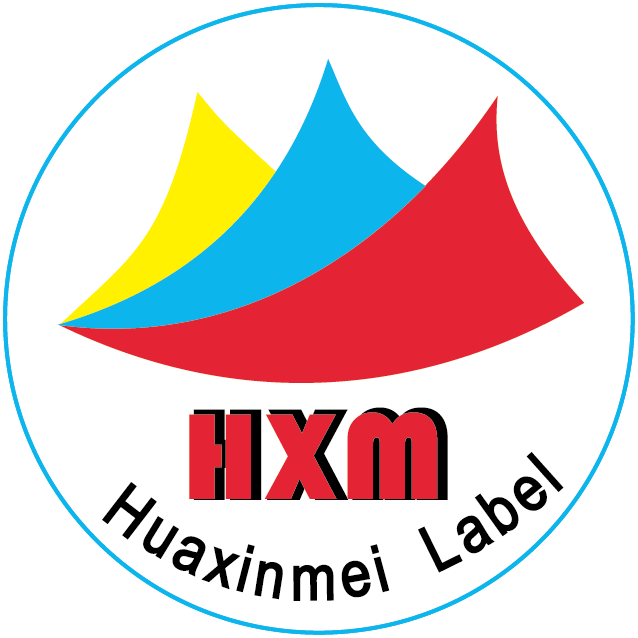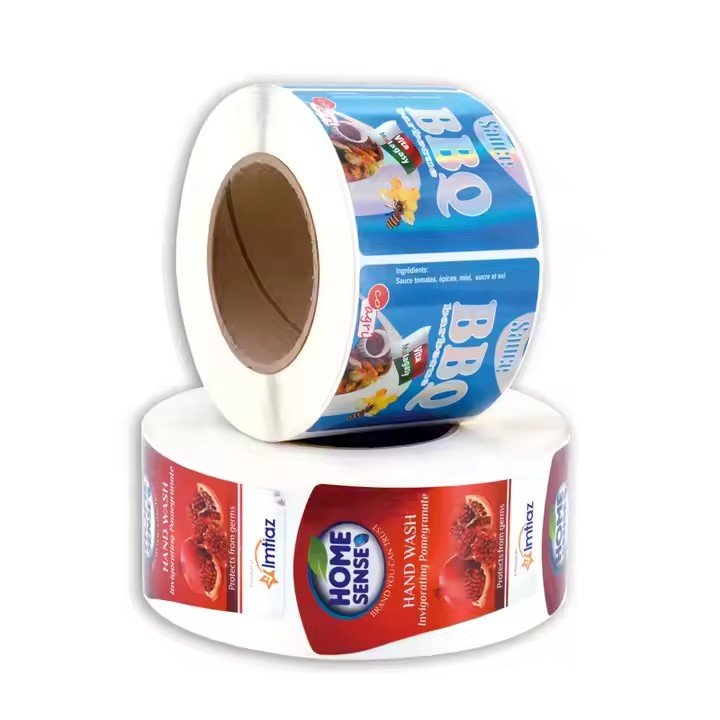Choose suitable high-temperature stickers
Consider the materials: The base film and adhesive of high-temperature stickers are key factors affecting their high-temperature resistance. Common base film materials include polyimide (PI), polytetrafluoroethylene (PTFE), etc. They have excellent high-temperature resistance, mechanical properties, and chemical stability. For example, polyimide film can withstand temperatures up to 260°C or even higher, and it has good flexibility and insulation properties. In terms of adhesives, high-temperature-resistant adhesives such as silicone pressure-sensitive adhesives can maintain good adhesion at high temperatures, ensuring that the sticker adheres closely to the surface of the object being attached. Considering the materials is fundamental because only good materials can produce high-quality high-temperature stickers. When choosing stickers, cost-effectiveness should also be taken into account. Since both the price and the quality need to be considered, there should be a proper balance between these two aspects.

Select according to the temperature: Different high-temperature stickers are suitable for different temperature ranges, and appropriate products should be selected according to the temperature of the actual usage environment. Generally speaking, stickers with a short-term temperature resistance of 150°C – 200°C can be used in some common high-temperature environments, such as food baking and general industrial heating. Stickers with a long-term temperature resistance above 200°C, and even up to 300°C – 400°C, are suitable for extreme high-temperature industrial environments such as metal heat treatment, glass firing, and aerospace. When choosing according to the temperature, it is necessary to analyze specific situations. For some labels exposed to relatively high temperatures, those with high-temperature resistance should be selected. For example, for car labels, since cars are exposed to high temperatures all year round, high-temperature-resistant products should be used to withstand the impact of the high temperatures in summer.
Install high-temperature stickers correctly
Surface treatment: Before pasting the high-temperature sticker, it is necessary to ensure that the surface of the object to be pasted is clean, dry, and free of impurities such as oil stains and dust. Alcohol or a special cleaning agent can be used to wipe the surface to enhance the adhesion between the sticker and the surface. For some rough surfaces, sanding treatment is also required to make the surface smooth, so that the sticker can fit better and avoid falling off due to uneven local stress on the sticker caused by an uneven surface under high temperatures. Surface treatment is a very important part because the sticker can only be properly pasted on a clean surface.
Pasting techniques: When pasting, try to avoid air bubbles or wrinkles on the sticker. You can start pasting slowly from one end of the sticker, and at the same time, use tools such as a scraper or a hard card to scrape and press from the center of the sticker to the edges to expel the air and make the sticker fully contact the surface of the object being attached. For larger stickers, a multi-person collaboration method can be used for pasting to ensure that the sticker is pasted smoothly and firmly. Regarding the pasting techniques, it is necessary to be careful and paste it smoothly slowly.
Precautions during use
Avoid mechanical damage: In a high-temperature environment, try to avoid external forces such as mechanical collisions, frictions, or tensile forces acting on the sticker. Because these external forces may damage the structure of the sticker, making it more likely to be damaged under high temperatures. For example, in industrial production, prevent equipment or tools from scratching the parts where the high-temperature sticker is pasted; during the handling process, operate carefully to avoid squeezing or pulling the sticker.
Control the heating rate: If the high-temperature sticker is used during the heating process, try to control the heating rate and avoid a sharp increase in temperature. Because a rapid increase in temperature may cause excessive stress changes inside the sticker, resulting in deformation, cracking, or peeling off of the sticker. For example, when heat-treating metal parts, a slow heating method can be adopted to allow the sticker enough time to adapt to the temperature change and reduce the damage caused by thermal stress.
Avoid chemical corrosion: Some high-temperature environments may contain chemical substances such as acids, alkalis, and salts. These chemical substances may corrode the high-temperature sticker and reduce its performance. Therefore, when choosing a high-temperature sticker, products with corresponding chemical resistance should be selected according to the specific environment. If it is impossible to avoid contact with chemical substances, a protective coating such as a chemically resistant varnish can be applied to the sticker to protect it from the erosion of chemical substances.
Daily maintenance and inspection
Regular inspection: After using the high-temperature sticker in a high-temperature environment for a period of time, regularly check the condition of the sticker. Check whether there are phenomena such as blistering, discoloration, and peeling off. If problems are found, replace the sticker in a timely manner to avoid affecting the use effect. For high-temperature stickers in some key parts, such as those used on important equipment like aircraft engines and nuclear power plants, the inspection frequency should be increased to ensure their safety and reliability.
Cleaning and maintenance: Without affecting the performance of the sticker, the high-temperature sticker can be cleaned regularly. Use a mild cleaning agent and a soft cloth to gently wipe the surface of the sticker to remove dust and dirt. However, be careful to avoid using overly sharp tools or strong cleaning agents to prevent damage to the surface of the sticker.

Through the above measures, the stability and durability of high-temperature stickers under high temperatures can be effectively improved, enabling them to better meet the usage requirements in various high-temperature environments.


